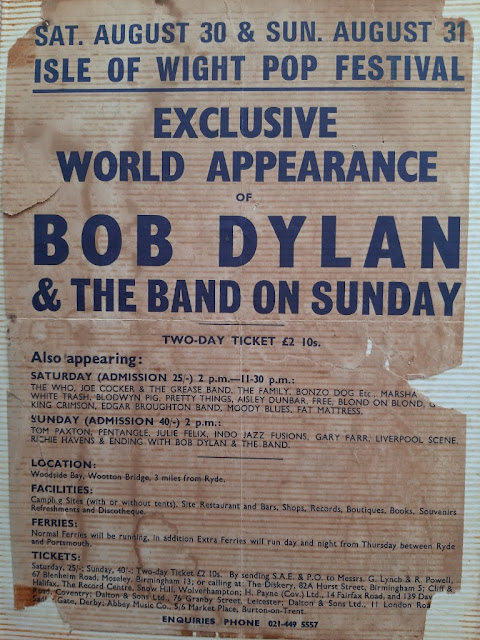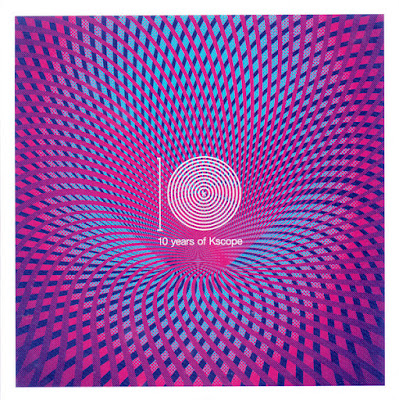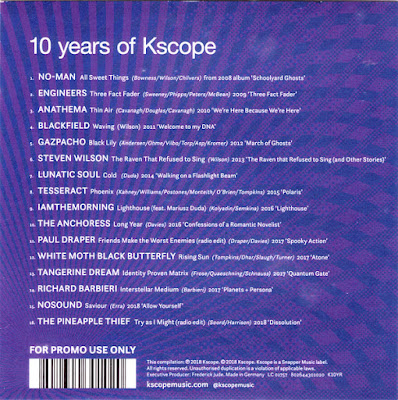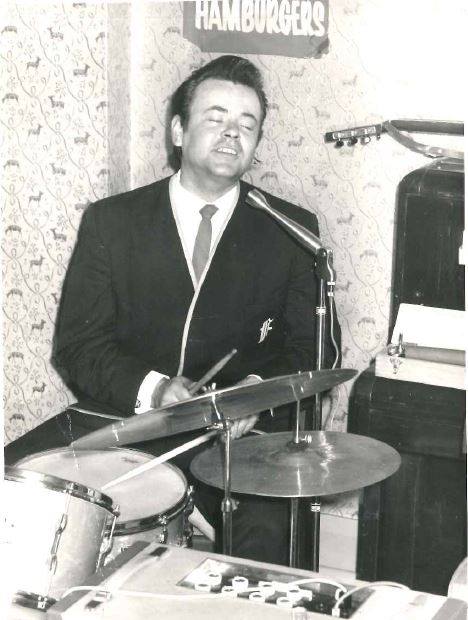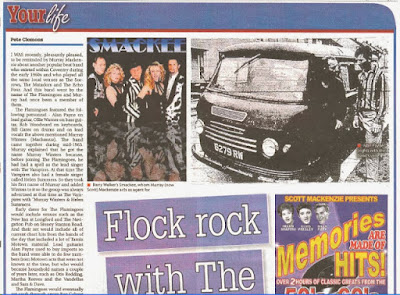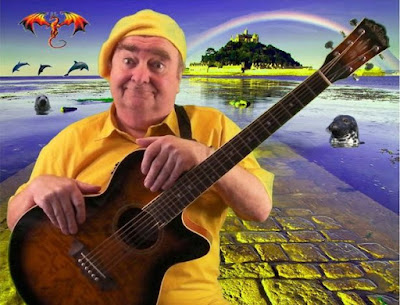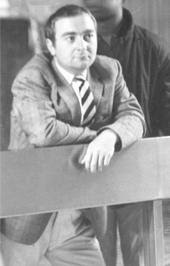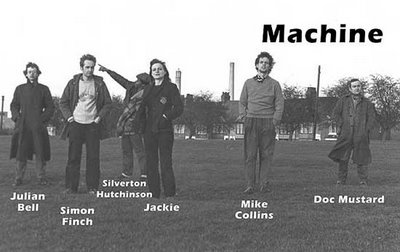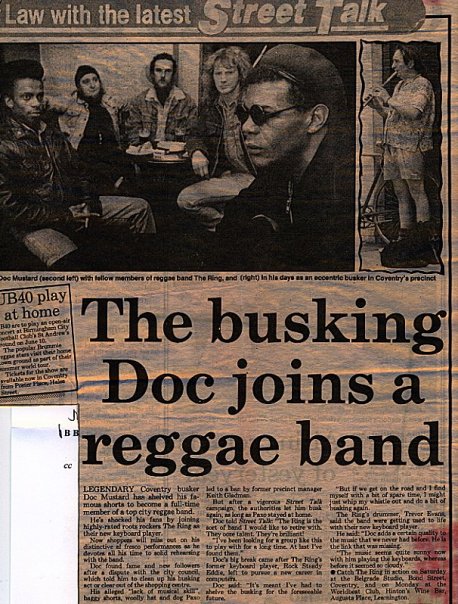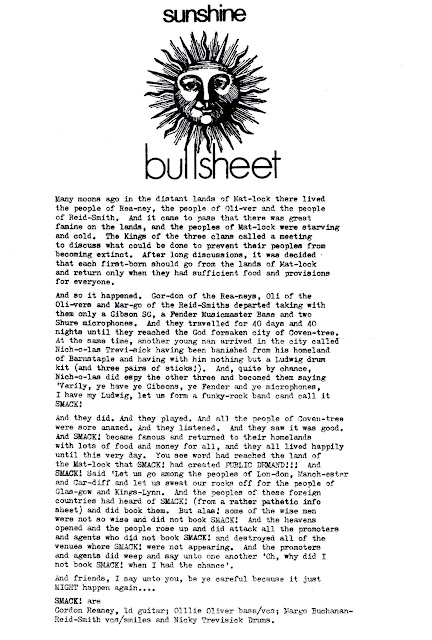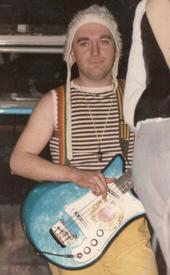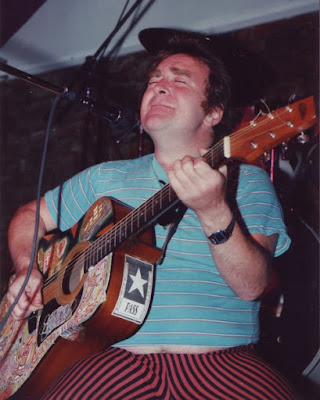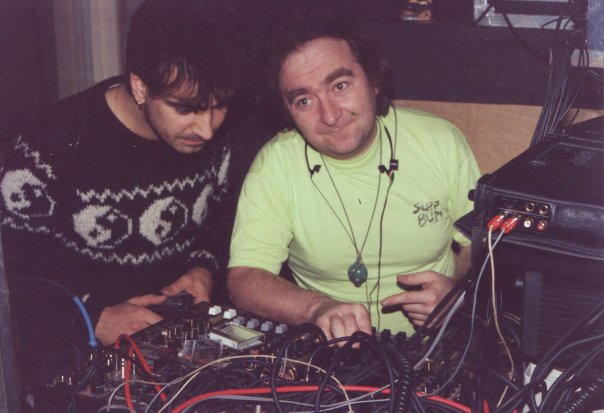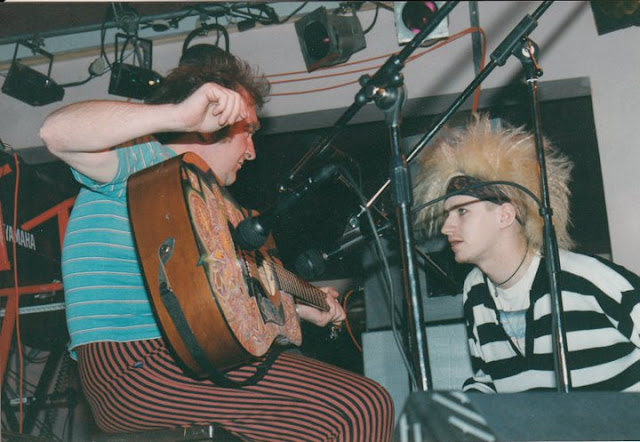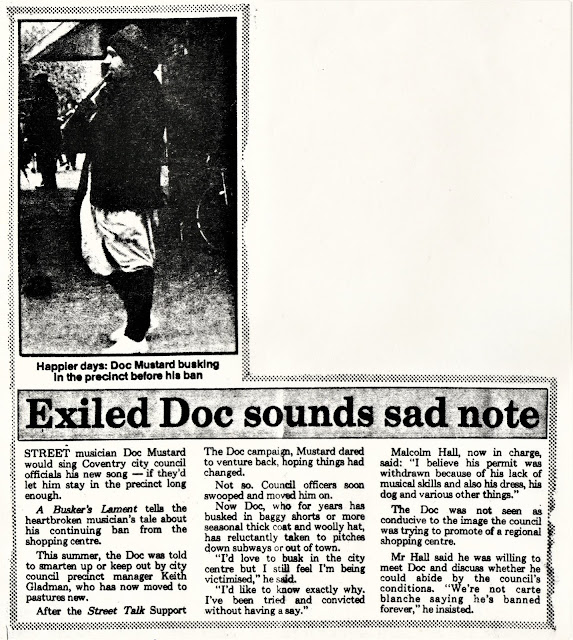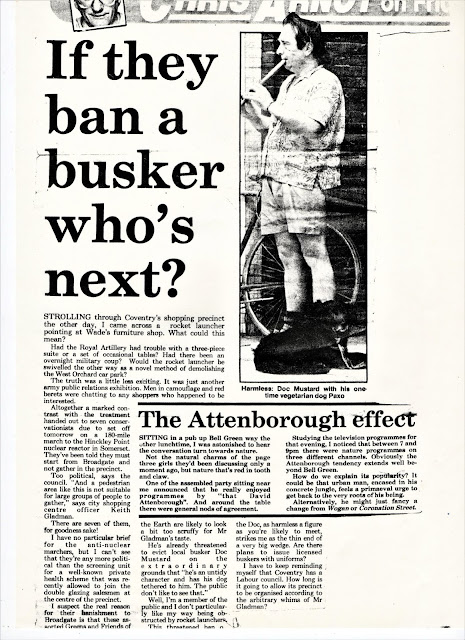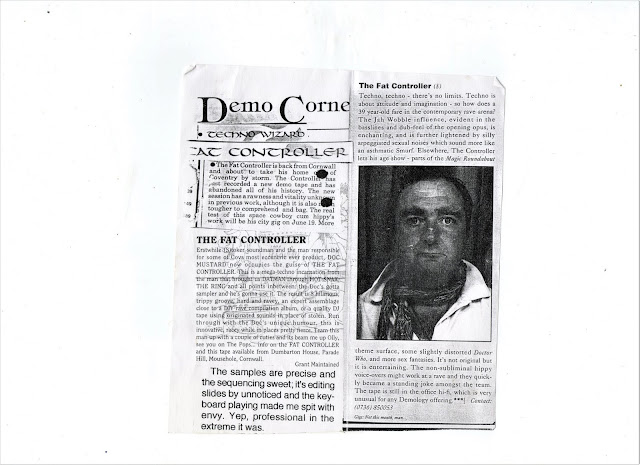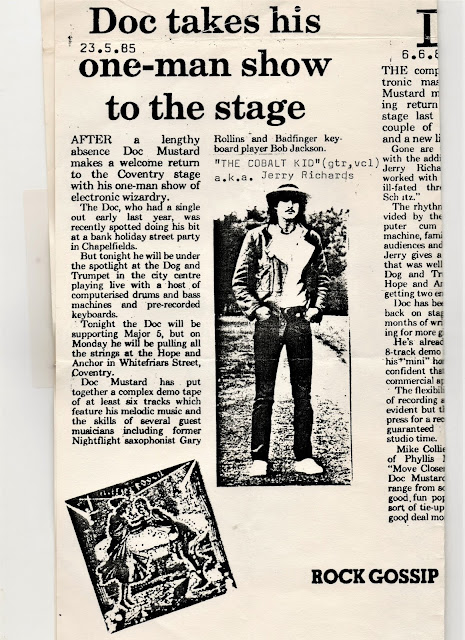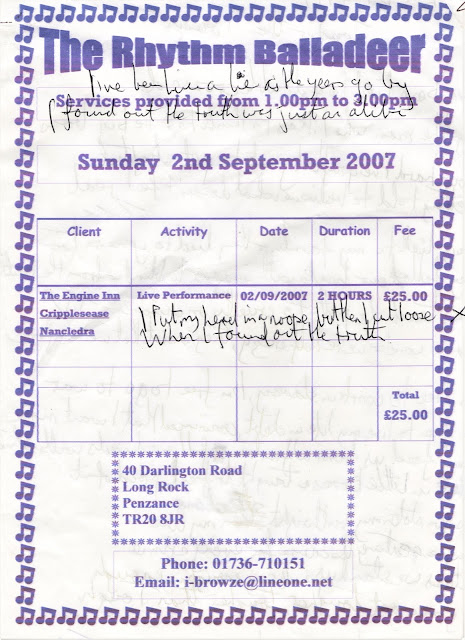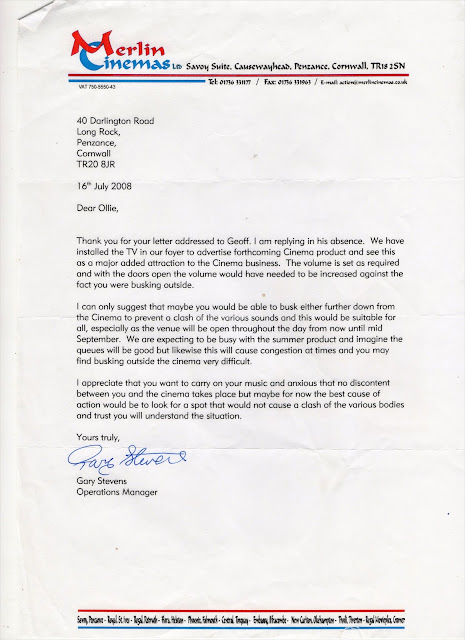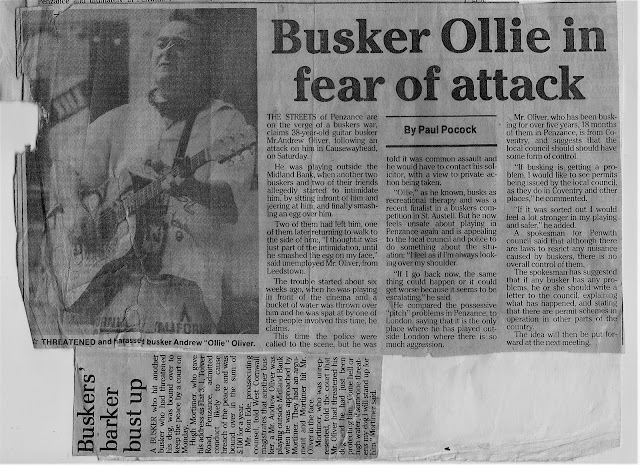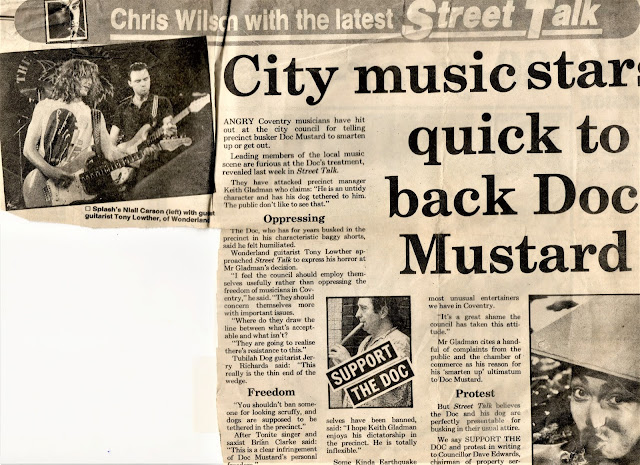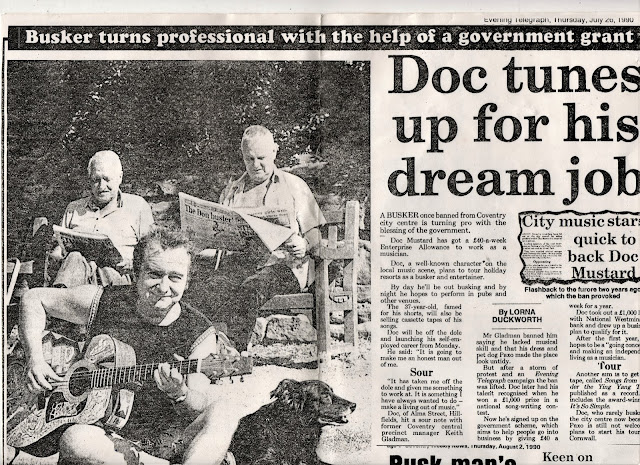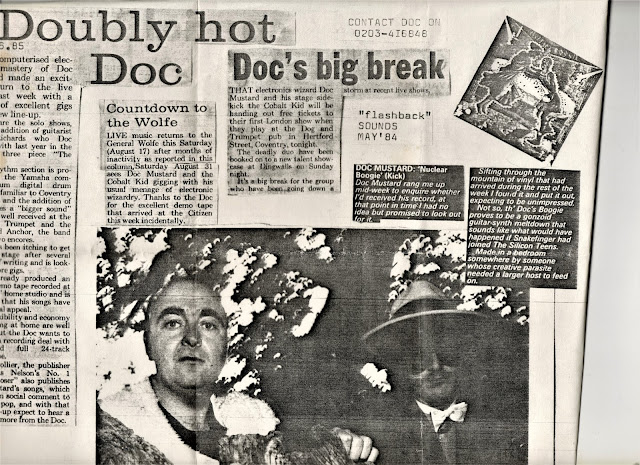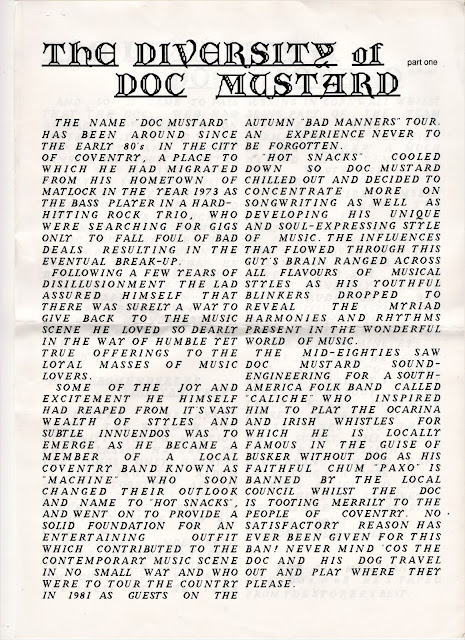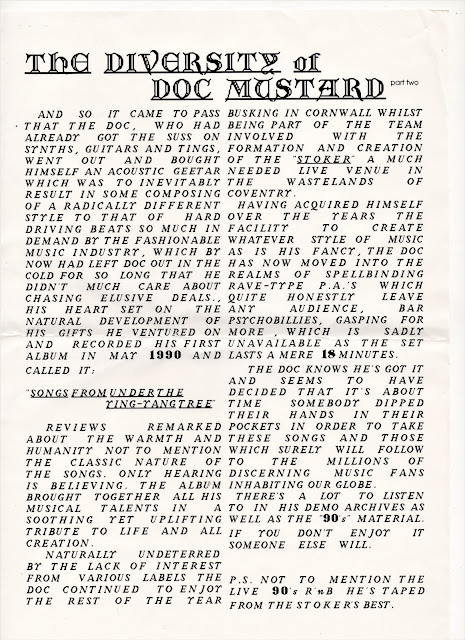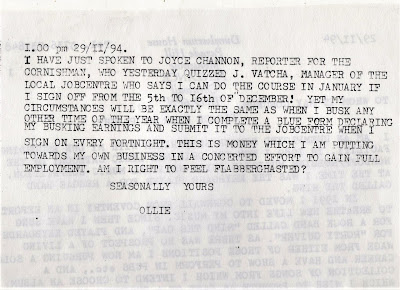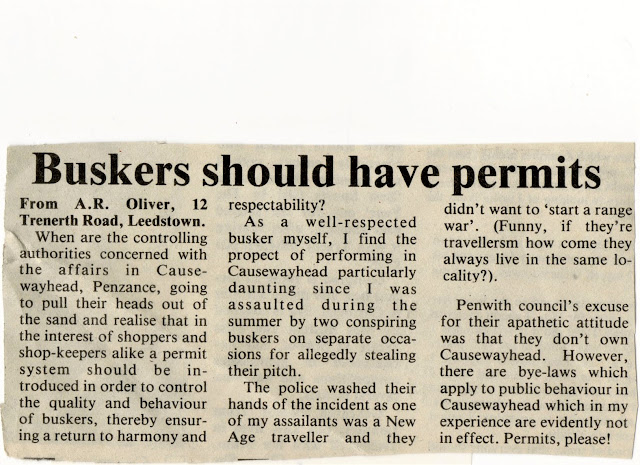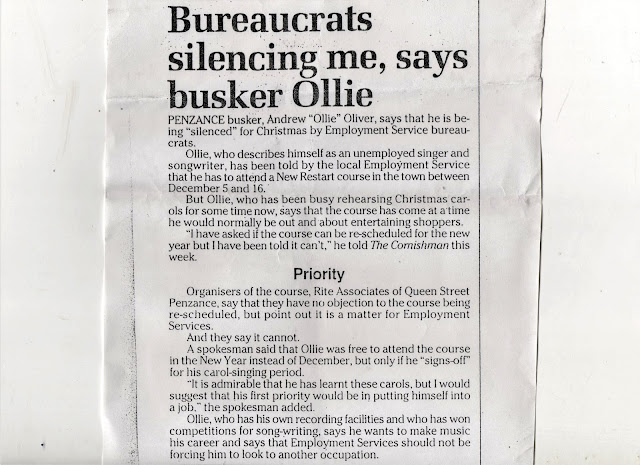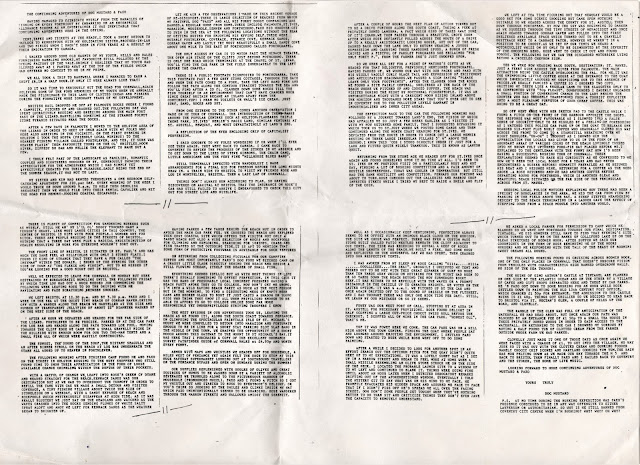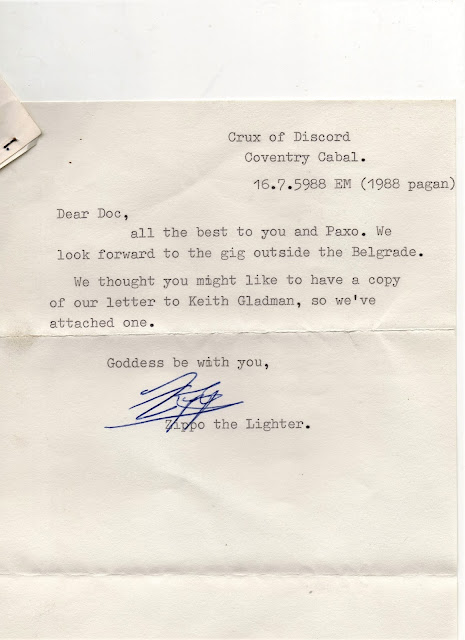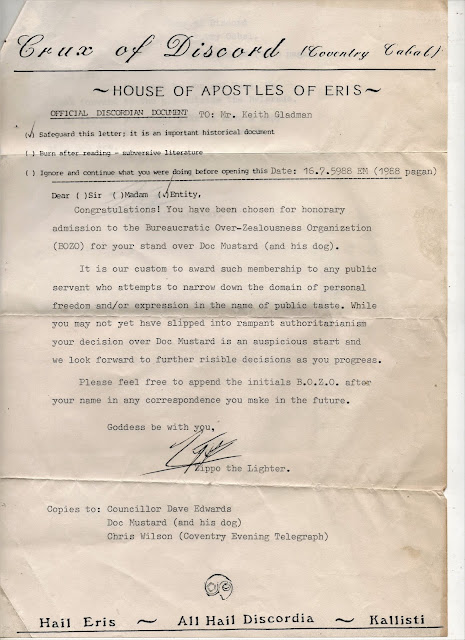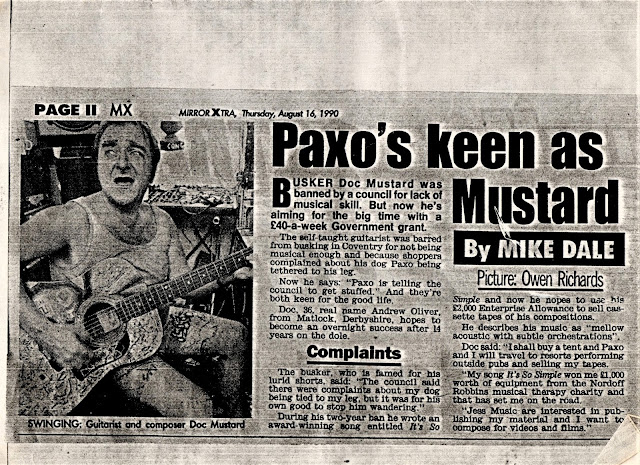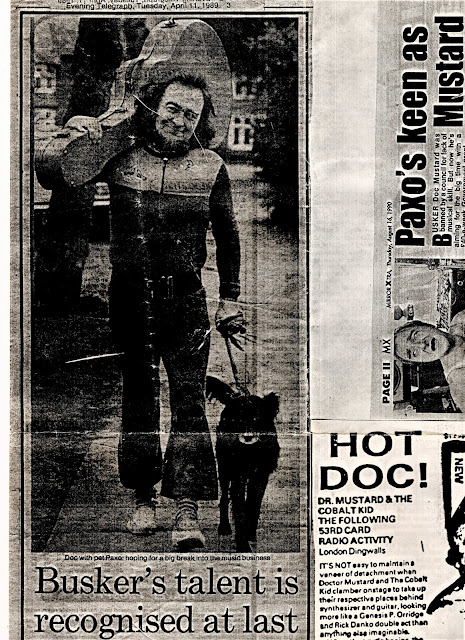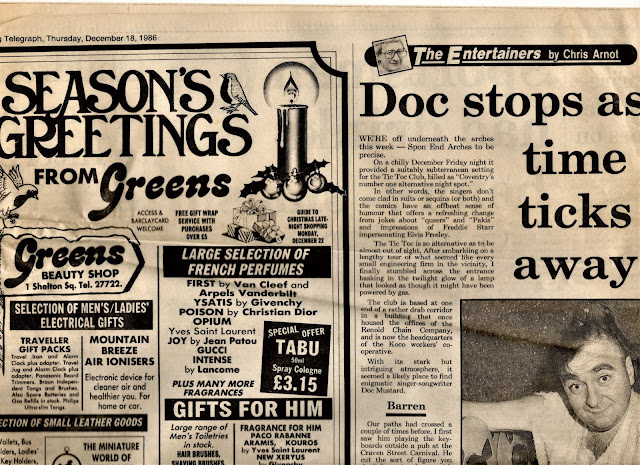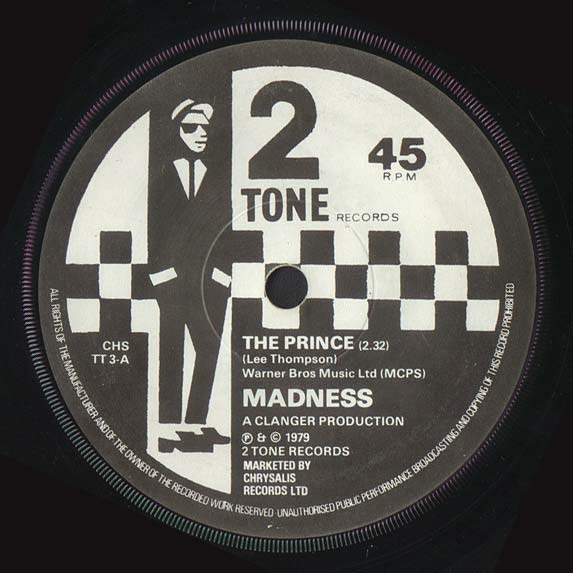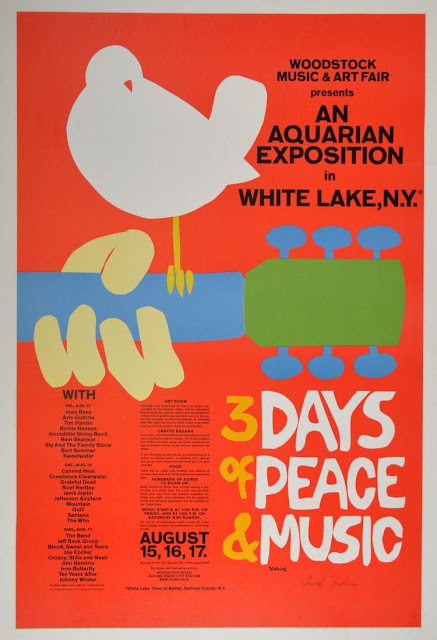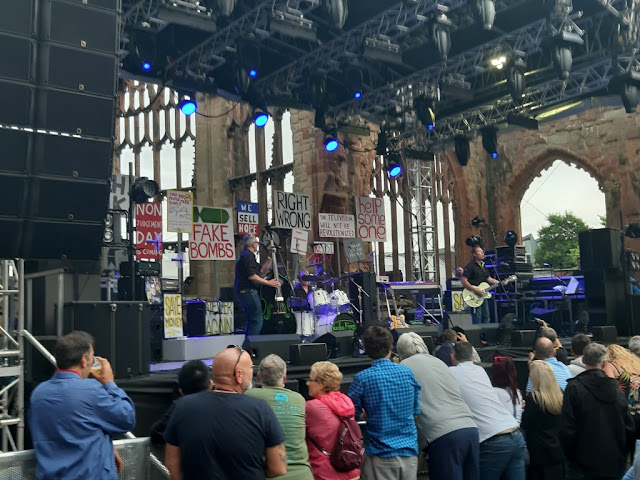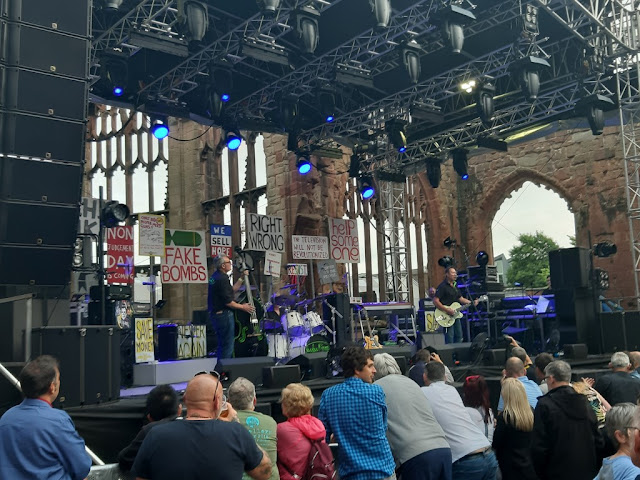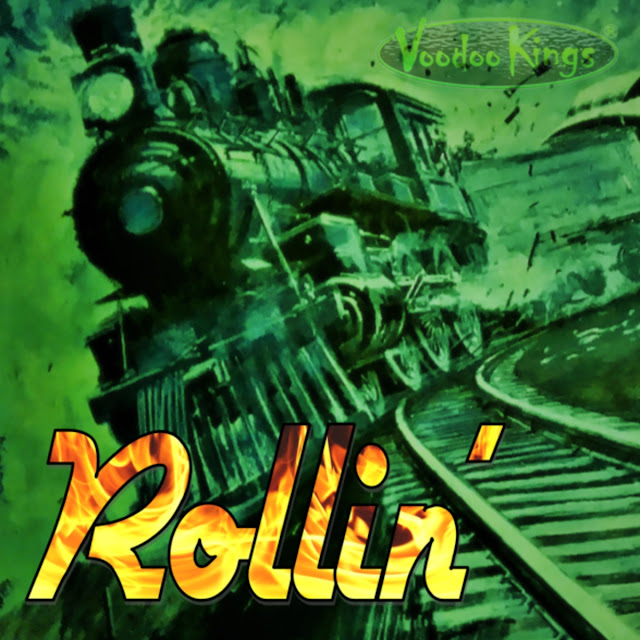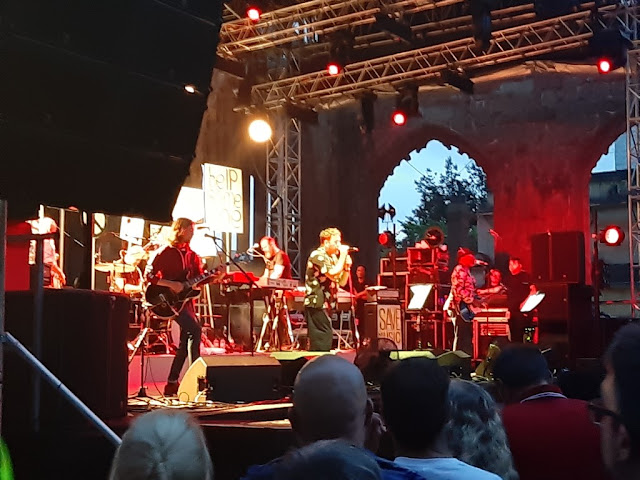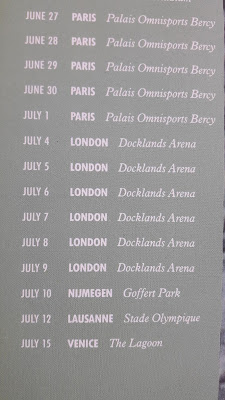When talking about the legendary Isle of Wight festivals, then undoubtedly, the one held in 1970 generally crops up in. But equally as important was the one held during 1969 and headlined by Bob Dylan.
Bob Dylan had been out of action, as far as the live scene was concerned, following an accident in 1966 and chose the island for his comeback gig rather than an offer to perform at Woodstock. Speculation was rife beforehand. It was suggested he could be onstage for a full three hours and that even The Beatles would reform to support him.
Those ‘lost’ three years had been spent writing reams of new music. A documentary film had also just been produced. George Harrison had even offered Apple Studios as a place for him to record.
Bob Dylan flew into London on 23 August and, after time in the capital, travelled direct to a 17th century manor house on the island which had been offered for his disposal. He stayed on the island for around 5 days and, such was the interest, brought with him an entourage of around 300 press men and photographers.
In addition to the hordes of UK music fans, hundreds of American fans also flew in for the gig as the crowd numbers, estimated at 200,000, grew to three times the population of the island.
Sunday 31st August 1969 and the festival had been in full swing for a couple of days. But the crowd noticeably swelled as first couple of bands, Liverpool Scene followed by Third Ear Band, hit the stage.
Gary Farr, brother of compere Ricki, was next up performing songs such as ‘Good Morning Sun’ and ‘The Vicar and the Pope’.
Following Gary came singer songwriter Tom Paxton who received one of the biggest ovations of the entire festival. It was totally unexpected but honestly deserved. Paxton is a craftsman and clearly won a whole host of new fans with songs like ‘Can’t help but wonder where I’m bound’, ‘Rambling Boy’ and ‘Last thing on my mind’. Obviously overwhelmed, Tom returned for several encores.
The Pentangle, however, didn’t fare so well. Low flying aircraft spoiled the ambience and a fire at the perimeter fencing caused the interest of some of the audience to wane. Members of The Rolling Stones unwittingly chose The Pentangles set to make their entrances. That meant the photographers refocused their lenses – much to the obvious annoyance of the band.
Next up was Julie Felix with a selection of songs that included ‘I want to be alone’ and Leonard Cohen’s ‘Bird on a Wire’
As dusk set in Richie Havens made his appearance accompanied by a guitarist and a Congo player. They performed a dynamic version of ‘Strawberry Fields Forever’ and warmed the crowd up with what was to come by way of a version of ‘Maggie’s Farm’.
It was now the turn of Bob Dylan and by now the atmosphere was charged. As Dylan took to the stage, albeit briefly, a few missiles were aimed at the photographers who were clearly blocking the view of some.
But Dylan’s appearance was brief. Bob’s backing group, The Band, then performed for almost an hour. Testing the WEM PA apparently. Still, they managed to showcase a lot of their own debut album.
Bob returned to the stage to rapturous applause. The Band stepped aside allowing Bob to perform acoustic. ‘It ain’t me Babe’ and ‘Mr Tambourine Man’ followed. The Band returned and accompanied Bob on ‘Like a Rolling Stone’, ‘Lay Lady Lay’ and ‘I’ll be Your baby tonight’ but clearly things were not going well.
We are going to do one more Bob announced and ‘Mighty Quinn’ followed. Bob did do an encore but the whole thing was nowhere near the rumoured three-hour set. And with a ‘thank you, thank you’ he was gone.
At the end of it all, none of the pre-gig predictions came to fruition. Bob Dylan’s shortened set lasted for around an hour. Maybe he had been ill as rumoured. But he certainly disappointed many. Bob allegedly netted 50,000 dollars for the performance and CBS capitalised as Bob’s then latest album Nashville Skyline which, despite all the publicity, was never harmed at all in terms of sales.


